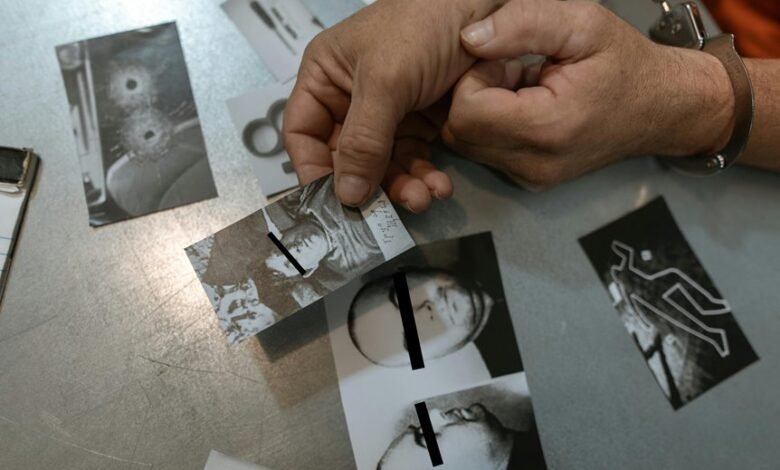Snapinista: A Influência das Imagens no Direito

The integration of visual storytelling in legal contexts has significantly reshaped courtroom dynamics. Imagery serves as a powerful tool, influencing juror perception and emotional engagement. However, this reliance on visuals raises essential ethical questions regarding authenticity and impartiality. As attorneys navigate these complexities, the implications for legal narratives become increasingly profound. What balance can be struck between persuasive imagery and the integrity of factual representation? The answers lie in the evolving landscape of law and media.
The Power of Visual Storytelling in Legal Contexts
While the legal profession has traditionally relied on text-based documentation, the integration of visual storytelling has emerged as a transformative force in legal contexts.
By harnessing visual evidence, attorneys can enhance narrative persuasion, making complex information more accessible and compelling.
This approach not only aids comprehension but also engages juries emotionally, thereby influencing judicial outcomes and promoting a more equitable legal process.
Impact of Social Media on Legal Narratives
The rise of social media platforms has significantly altered the landscape of legal narratives, introducing new dynamics that influence public perception and courtroom proceedings.
Legal professionals must now navigate the interplay between social media and legal narratives, as online discourse can shape juror opinions and affect case outcomes.
Thus, understanding this relationship is essential for effective advocacy in contemporary legal practice.
Ethical Considerations of Imagery in the Courtroom
What ethical dilemmas arise when imagery is introduced in the courtroom?
The integration of visuals in evidence presentation can significantly influence jury perception, potentially leading to biases or emotional responses that compromise impartiality.
Furthermore, the manipulation of images raises concerns regarding authenticity and misrepresentation.
Thus, establishing ethical guidelines is essential to ensure that imagery serves justice rather than undermining it in legal proceedings.
Conclusion
In the evolving landscape of legal advocacy, imagery serves as both beacon and blade, illuminating narratives while posing ethical quandaries. As attorneys harness the evocative power of visuals, they tread a fine line between persuasion and authenticity, reminiscent of a tightrope walker suspended over a chasm of bias. Ultimately, the judicious integration of imagery in legal contexts not only enhances storytelling but also demands unwavering integrity, ensuring that justice is not merely seen but truly understood.





